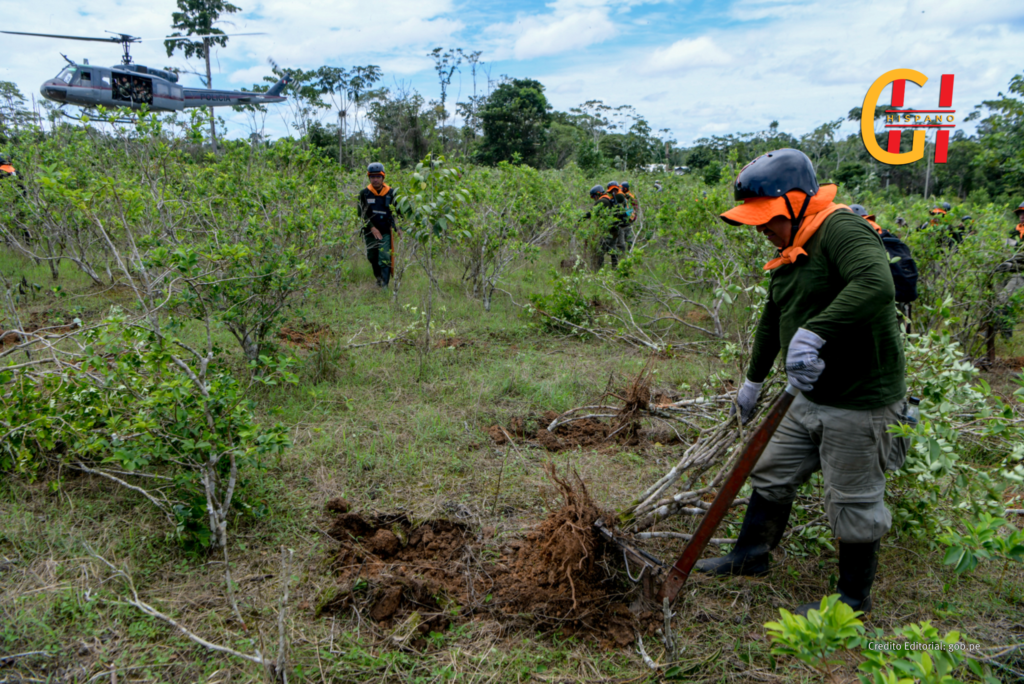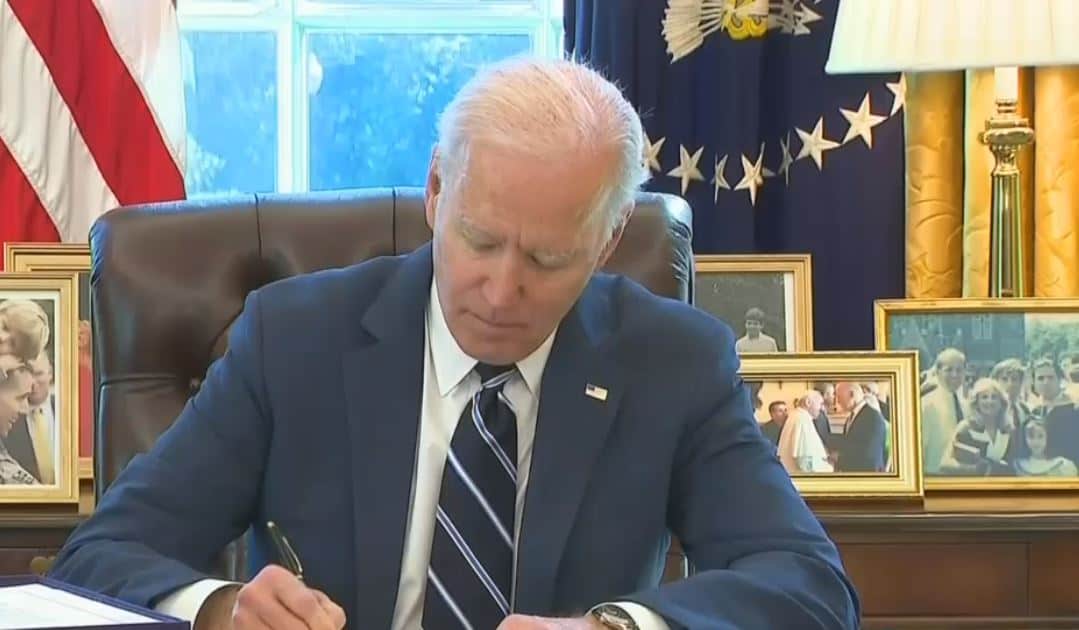In 2024, Peru has reached a significant milestone in its fight against drug trafficking by eradicating 13,327 hectares of illegal coca leaf crops, which represents 53% of its annual goal of 25,000 hectares. This effort, led by the Coca Crop Control and Reduction Project in the Upper Huallaga (CORAH), underscores the country’s determination to combat one of the most severe problems in the Andean region: the production and trafficking of cocaine.
The coca leaf, although traditionally used in various Andean cultures, has become the key raw material for cocaine production. Peru, one of the largest producers of coca leaf in the world, has been battling the expansion of these crops, which often proliferate in jungle areas that are difficult to access. In 2024, the Peruvian government, through the Ministry of the Interior, has concentrated its efforts in the regions of Loreto, San Martín, Ucayali, Huánuco, and Pasco.
The eradication process, carried out in 4,564 plots, has prevented the potential production of 122 tons of cocaine hydrochloride, a significant advance in reducing the supply of this drug in the global market. Additionally, it has been identified that more than 12,000 hectares eradicated corresponded to new crops, suggesting a recent expansion of these plantations, while 1,258 hectares were replanted, showing the persistence of farmers in replanting in areas that had already been intervened.
Eradication actions are not limited solely to crop destruction. In the framework of these operations, 16 clandestine laboratories dedicated to cocaine production were also destroyed, with the support of the Anti-Drug Directorate (DIRANDRO) of the National Police of Peru. These clandestine laboratories, operating under precarious conditions and hidden deep in the jungle, are key points in the chain of illicit drug production.
The Ministry of the Interior has indicated that efforts have focused on buffer zones, native communities, forest concessions, and permanent production forests, areas where the expansion of coca crops not only affects security but also the environment and indigenous communities.
The eradication of coca crops in Peru has a direct impact on the narcotrafficking economy but also presents significant challenges. On one hand, these operations help reduce the amount of cocaine available in the market, affecting the finances of drug cartels. On the other hand, eradication generates tensions in rural communities where coca cultivation often represents one of the few sources of income. This dilemma has led several governments to combine eradication with alternative development programs, seeking to offer farmers other viable economic options.
However, the persistence of crops, even in previously eradicated areas, reflects the complexity of the problem. The replanting of coca in already intervened lands suggests that without sustainable economic alternatives, farmers unfortunately continue to rely on this illegal crop.
In recent statements, the Minister of the Interior emphasized the importance of maintaining and strengthening eradication operations not only as a punitive measure but as part of a broader strategy to reduce the economic dependence of communities on coca. He also stressed the need for closer international cooperation, especially in terms of funding and logistical support, to more effectively confront drug trafficking.
As we move towards the second half of the year, the goal of eradicating the remaining 11,600 hectares will be a critical challenge. The success of these operations will largely depend on the government’s ability to implement strategies that combine eradication with economic development and its skill in managing the complex social and environmental dynamics in the affected regions.
Joana Campos es abogada y editora con más de 10 años de experiencia en la gestión de proyectos de desarrollo internacional, enfocada en la sostenibilidad y el impacto social positivo. Actualmente dirige JC Editorial, donde ha coordinado la edición y distribución de libros de reconocidos autores internacionales y la logística de numerosas giras nacionales. Además, se desempeña como Administradora General en Medicina Integradora, gestionando la clínica y generando proyectos en diversas áreas. Anteriormente, trabajó como abogada corporativa, especializándose en derecho penal y corporativo. Joana es licenciada en Derecho por la Universidad de Guadalajara.















